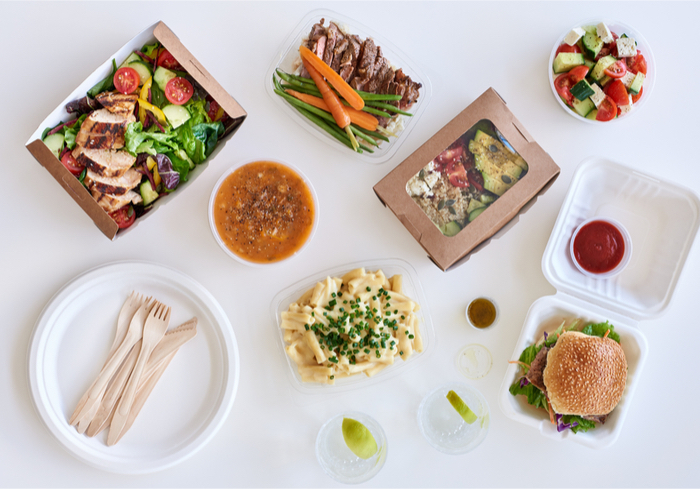
In Richmond, Virginia, for example, Chop Chop allows diners to choose from a menu of 50 to 60 restaurants for delivery. Because the service is local and has close relationships, companies such as Chop Chop can work with restaurant owners and talk with them about their needs, what makes them unique and what Chop Chop can do in terms of getting the word out about their establishments.
In sum, “we’re there to market for them to help them grow,” Chop Chop Owner Chris Chandler told PYMNTS.com in an interview.
The idea behind the marketing efforts of companies like Chop Chop is not just to increase the number of deliveries: They also seek to help restaurants increase their overall brand awareness. To that end, these types of companies use social media and guerilla marketing to help restaurants expand their customer base in hopes of increasing deliveries. But Chandler said this kind of focus can be difficult for larger platforms. They have many working pieces internally, so it can be hard to focus on these needs.
In terms of interaction, Chandler said his company can sit down and have lunch to chat with restaurants. Among his learnings is that “customers know the menus better than everybody else.” For example, Chandler talked with the staff at one local restaurant and discovered that customers were creating add-ons and variations to their menu items that weren’t intended because they were so familiar with the restaurant’s menu. He learned that some customers want extra vegetables with a dish, while others might want to make a dish a vegetarian meal by ordering it without meat. With this information, Chandler is able to modify the system by making sure the right add-in options are available through the company’s ordering system.
In addition, some customers are looking for a different dining experience. Some restaurants become very popular, crowded and noisy, and that doesn’t appeal to every consumer. But delivery provides an alternative to customers who still want the quality of restaurant food, without the restaurant ambience.
In addition, Chandler sees that younger people are using his service, particularly with Virginia Commonwealth University in Richmond. He seeks to offer them deals from time to time, as he knows that they are cost-conscious, and he seeks to provide options with that need in mind. In addition, Chop Chop aims to work with the pre-paid stored value accounts that students have at the school for payments.
When it comes to that particular option, Chandler said multiple businesspeople might want to place an order. With that experience, the challenge is that each person might have his or her own credit card, and may not have cash on hand. If one person on the order would decide to pay the entire bill, that could also present a challenge, as it can be difficult for a group to keep track of who paid for a particular order. In that instance, the split payment feature can help.
Even with their smaller focus, platforms such as Chop Chop have their eyes on other areas. Chandler, for example, hopes to expand to other geographies – and keep the same local customer service component by having a local team running the market. In terms of growth closer to home, Chandler said customers are already asking for him to deliver outside of the city of Richmond and into the suburbs. With either type of expansion, these companies have a ripe market as they take on the larger players: The projected value of the online delivery market is $55 billion by 2022.